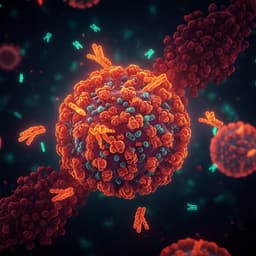
Medicine and Health
Semi-synthetic terpenoids with differential adjuvant properties as sustainable replacements for shark squalene in vaccine emulsions
K. J. Fisher, R. Kinsey, et al.
This groundbreaking research by Karl J. Fisher and colleagues tackles the pressing issue of overfishing threatening deep-sea shark populations. By chemically synthesizing over 20 squalene analogues, they identified promising vaccine adjuvants that may replace shark-derived squalene, combining synthetic biology, chemistry, and immunology to pave the way for sustainable alternatives.
Playback language: English
Related Publications
Explore these studies to deepen your understanding of the subject.







